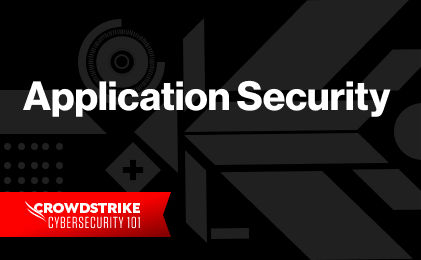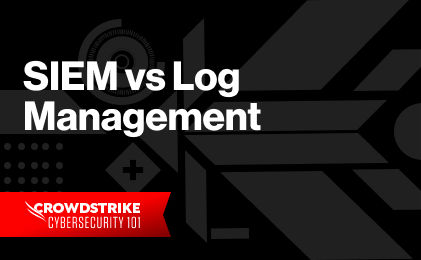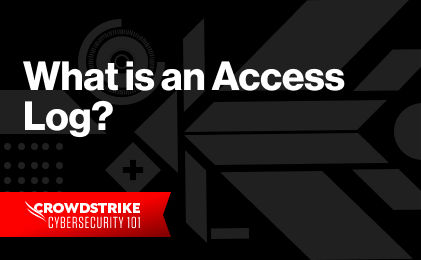Introduction to application monitoring
Application monitoring is the process of collecting log data in order to help developers track availability, bugs, resource use, and changes to performance in applications that affect the end-user experience (UX). Application monitoring tools provide alerts to live anomaly events, and through distributed tracing provide a means of seeing which events form a causal chain that led to them across multiple services.
Also known as application performance management (APM), application monitoring tools provide a visual means of seeing how events are connected through dependency and flow mapping. Application monitoring can be accomplished by dedicated tools to monitor apps, or by collecting and analyzing logs using log management tools. With application monitoring, the end goal is to maximize availability and give customers the best experience.
The main functions of application monitoring tools are:
- To observe app components - Components may include servers, databases, and message queues or catches.
- To provide app dashboards and alerts - Dashboards give an overview, alerts drive attention to specific problems.
- Anomaly detection - Can vary from simple threshold detection to advanced machine learning pattern recognition.
- Distributed tracing - Tracking how one event connects across multiple nodes to detect the origins of errors.
- Dependency & flow mapping - A visual representation of how requests travel between services.
Challenges
As applications expand in number with the growth of microservices and the migration to disparate cloud environments, maintaining observability has become more difficult over time. Without centralized monitoring, other monitoring tools such as network performance monitoring, server monitoring, and user monitoring may be collecting a limited set of metrics instead of a dedicated application monitoring tool like APM, resulting in an incomplete picture. Organizations operating with a continuous delivery model have a more difficult time capturing and understanding the dependencies within an application environment. Where APM tools have adapted to meet the needs of a dynamic environment, they may sacrifice the ability to respond to incidents in real-time.
The persistent sources of difficulty for APM tools:
- Continuous change - Continuous delivery model delivers higher performance overall, but for monitoring, it makes determining context difficult.
- Complexity - Millions of data points are spread over an increasingly complex network of operations, relationships, and dependencies.
- Limited data - APM-only tools may miss configuration and operational data found in non-application logs.
- Unsynced timestamps - Not including the right configuration or platform dependencies within timeframe analysis leads to incomplete understanding.
- Siloed monitoring solutions - Data separated across multiple solutions slows the detection of root causes.
Answering APM challenges with log management
Log management expands on the roles of APM tools by providing observability across the entire infrastructure. Whereas APM typically captures a subset of all log data, log management includes all data, allowing detailed root cause investigation and analysis. Logging management solutions can access more data from specific platforms than APM monitoring agents can get, including network issues, database connections or availability, or information about what’s happening in a container that the app relies on.
Built to compress and store data, log management also facilitates historical analysis of data, enabling users to identify sources of performance problems on a much larger scale. Because log management is optimized for response time, it provides additional benefits:
- Observability of the entire infrastructure
- Comprehensive root cause investigation and analysis
- Search across all relevant data, not just application data
- Longer data retention and long-term storage
Choosing modern log management
Not all log management tools meet the needs of complex, microservices-heavy APM. Look for log management with these features that address the core needs of APM in a modern distributed environment:
- Unlimited data ingestion
- Non-indexed queries
- Real-time data and streaming
Unlimited data ingestion
With microservices, there is exponentially more data than monolithic or service-oriented architecture (SOA) applications. On top of the individual stack data, there is also application data, and each request can have a unique path through the infrastructure. Trying to guess what pieces of data to include for analysis is practically impossible. Include all data and be able to answer unexpected questions that may come up later by using a log management tool that supports unlimited data ingestion.
Non-indexed queries
The need to index data as it’s collected, and searching indexes for analysis slows everything down and gets in the way of advanced data analysis. Just one troubleshooting session could incorporate dozens of queries. If streaming data can be collected without being restricted to defining the schema upfront, there is much more freedom to explore relationships later. Non-indexed queries enable instant search results, encouraging users to ask more questions and explore further.
Real-time data and streaming
As organizations move from a few software releases a year to dozens a day, the need for immediate feedback is greater than ever. The only way to effectively assist the ops team to keep their service levels up and decrease their mean time to resolution (MTTR) is to provide data in near real time. The best way to do that is to stream data from the source and make it available without delays for indexing.
Discover the world’s leading AI-native platform for next-gen SIEM and log management
Elevate your cybersecurity with the CrowdStrike Falcon® platform, the premier AI-native platform for SIEM and log management. Experience security logging at a petabyte scale, choosing between cloud-native or self-hosted deployment options. Log your data with a powerful, index-free architecture, without bottlenecks, allowing threat hunting with over 1 PB of data ingestion per day. Ensure real-time search capabilities to outpace adversaries, achieving sub-second latency for complex queries. Benefit from 360-degree visibility, consolidating data to break down silos and enabling security, IT, and DevOps teams to hunt threats, monitor performance, and ensure compliance seamlessly across 3 billion events in less than 1 second.







